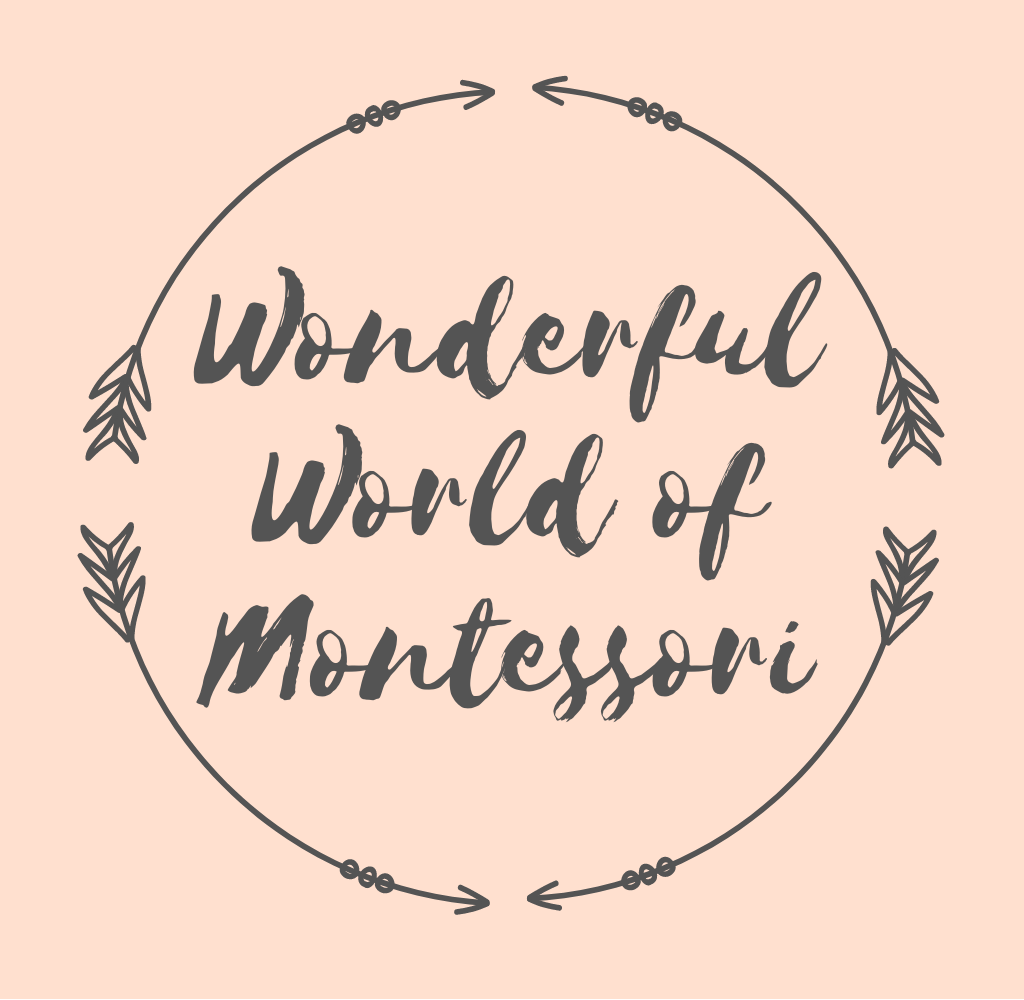Touch Boards (presentation one)
What is a Montessori Touch Board?
In Montessori, we use three rectangular boards with sections of rough and smooth areas.
The first Touch Board is divided into two halves, the first half is sandpaper and the second half is polished wood.
The second Touch Board is divided into ten strips, there are five sandpaper strips and five polished strips.
The third Touch Board is divided into five strips, each one a little rougher than the last.
Montessori Touch Boards
How we teach the first presentation of the Touch Boards
The first and second Touch Boards are used in this presentation. Where the first touch board is divided into two halves, the first half being sandpaper and the second half being polished wood. The second touch board is divided into ten strips of sandpaper with five sandpaper strips and five polished strips.
The directress asks the child if he would like to sensitize his fingers. She then brings the first board forward, she uses her index and middle fingers to trace the rough strip and saying ‘rough’, then inviting the child to feel rough and say ‘rough’.
The directress then feels the smooth wooden strip and says ‘smooth’, she then invites the child to feel the smooth strip and say ‘smooth’.
She does a three-period lesson with the child to make sure he has grasped the concept of rough and smooth.
She then brings the second board forward and feels the rough strip and says ‘rough’ then she feels the smooth strip and says ‘smooth’.
The directress will continue in this manner until she has completed feeling the rough and smooth strips. She then invites the child to have a turn.
The directress does a three-period lesson to check how much the child has grasped. Only if the child has completely grasped the concept, she can move on to the second presentation.
What does the child indirectly learn by doing the first presentation with the Touch Boards?
The child’s vocabulary will increase by learning the words ‘rough’ and ‘smooth’, the child’s sense of touch is heightened as he is getting more stimuli from what he is feeling.
Looking for more Montessori activities?
Here is the full list of the Montessori tasks, including Visual and Muscle Discrimination Sense activities, Tactile Sense activities, Chromatic Sense activities, Auditory Sense activities, Thermic Sense activities, Gustatory Sense activities, Baric Sense activities, Olfactory Sense activities, Stereognostic Sense activities, Geometry activities, and Algebra activities. Just click on the activity you want to learn about to go there.

